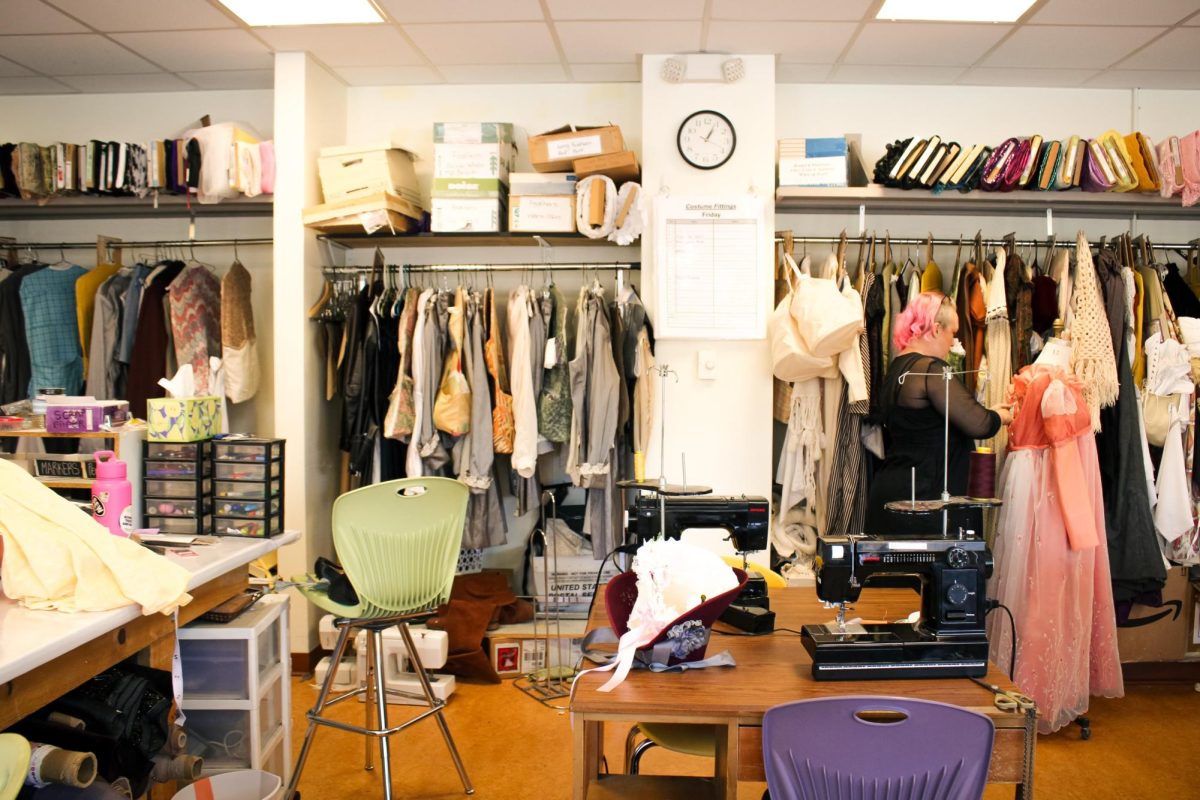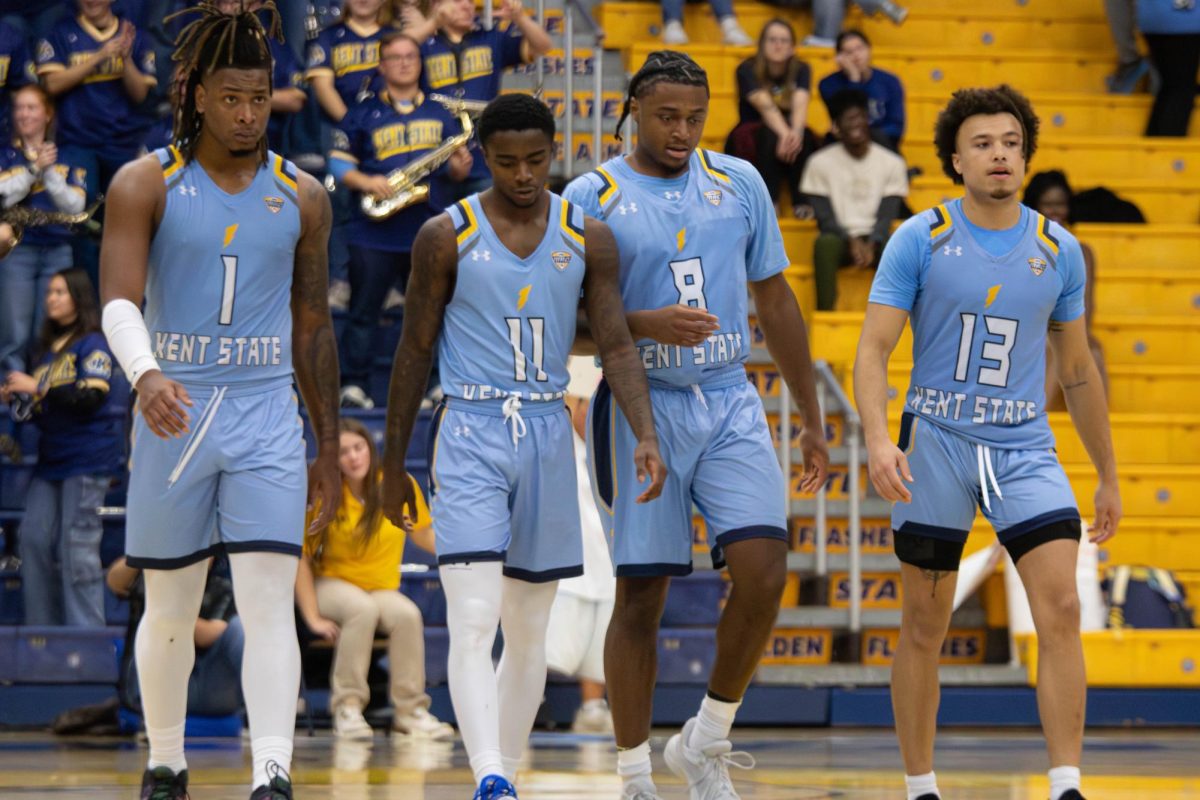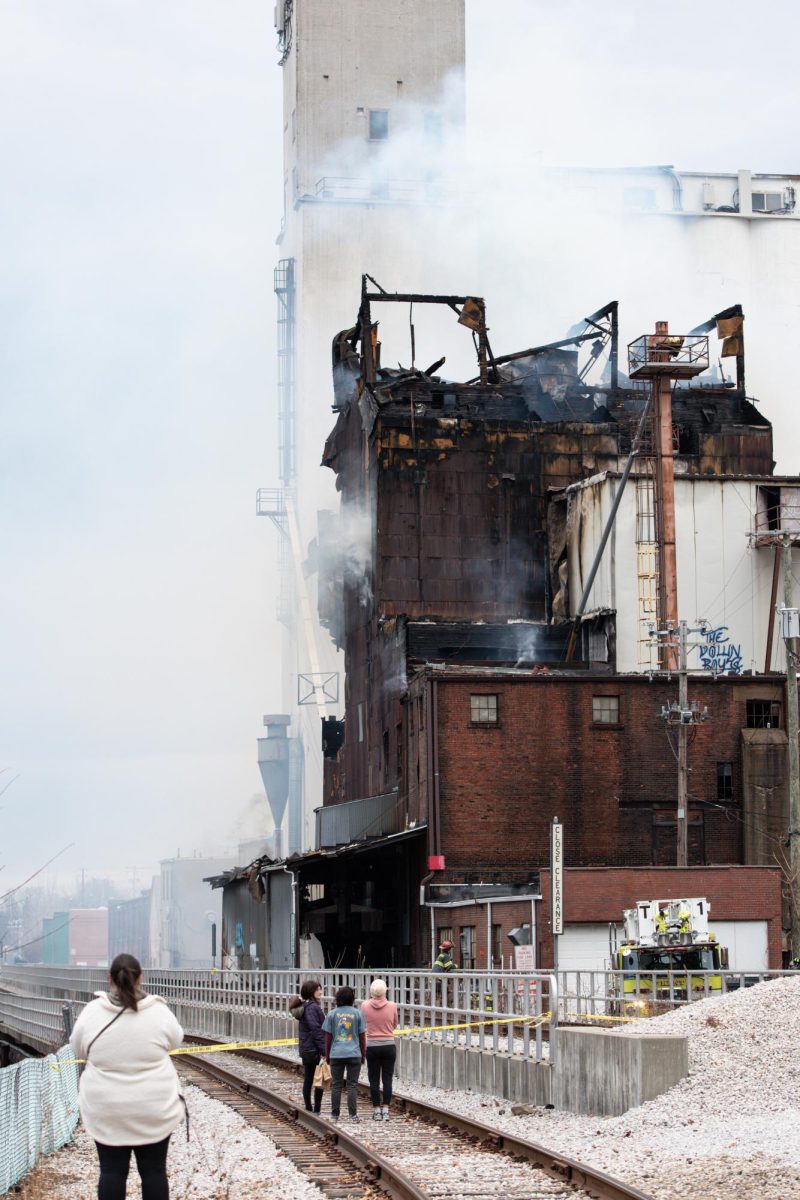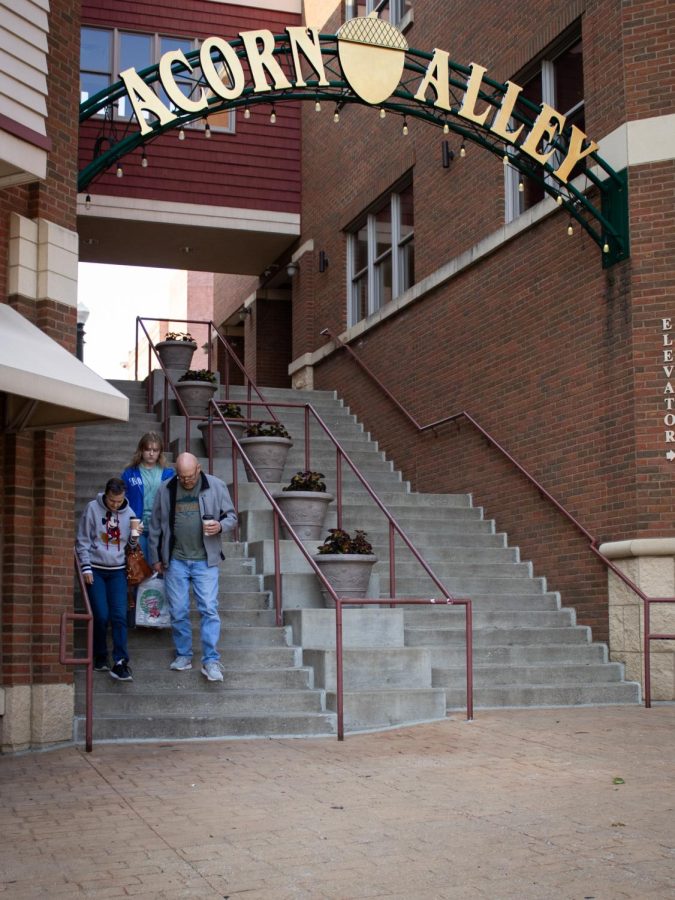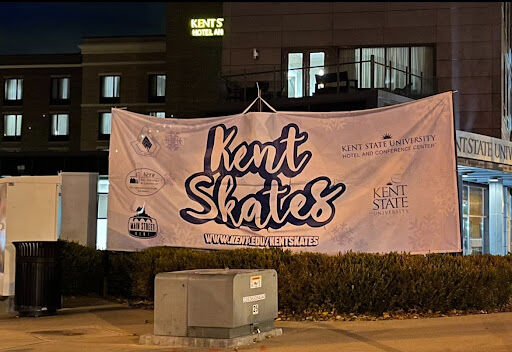Productions are brought to life through costuming, but there is more than meets the eye.
Costuming involves more than just fabric, often dealing with math and sciences. Grace Cochran Keenan, associate professor of costume technology, has one stand-out moment aiding in each theatre production. When actors wear the costumes she creates and start to embody their characters, Keenan said it’s one of the most successful things about her job.
Costuming has a long, rich history that can be dated back to 6th century B.C.E. by the Greek poet Thespis. Since then, costuming has taken on many roles and continues to reinvent itself. For Kent State’s costuming professors, it’s a labor of love.
Michelle Souza, assistant professor of costume design, explained the start of her process.
“I start with the text,” Souza said. “I ask questions about the historical context. I figure out who the characters are.”
Keenan said she begins by putting pen to paper and gathering notes for each costume.
“I always have my notebook with me,” Keenan said. “I’ll sit down first and ask a list of questions … and get a lot of information from the designers.”
During the start of their creative process, they also work in the Costume Shop supervised by Aimee Johnson. The Costume Shop is the School of Theatre and Dance’s main costume and accessory area where many fittings and readjustments take place. Johnson upholds that the shop is a supported space.
“I have a motto for the fitting room: ‘You are perfectly you-shaped and sized,’” Johnson said. “We do consent and boundary work in the fitting space. We check-in as we do fittings and measurements and reaffirm that consent as we go along.”
As students prepare for fittings for different productions, faculty must prepare for bringing the calculated designs to life.
“There is a lot of geometry and algebra,” Johnson said. “Dye is chemistry. Physics is in [design], too. Different fabrics at different weights are going to fall and hang differently. You have to understand the physical properties of each fabric.”
While understanding the inner workings of each fabric used for costumes, each performer’s body must be considered to continue the production’s story.
“The body can be broken down in a bunch of algebra problems, so I can draft a pattern,” Keenan said. “Everyone who is about the same height usually has similar lengths of things, such as inseams and arm lengths. What’s different is the muscle fat, sinew and skin we have on top of the skeleton.”
The process is the main focus, and through trial and error, shows can begin to shape and mold the production’s story.
After all the planning, editing and science behind costuming, Souza said seeing the final product of her work makes it all worth it.
“What I am most proud of is when I can see the result of all of this thinking and planning, and it’s actually physically happening on stage,” Souza said. “Under lights, on the set, with the props — really seeing the actors fully taking on their character.”
Maya Lee is a reporter. Contact her at [email protected].


